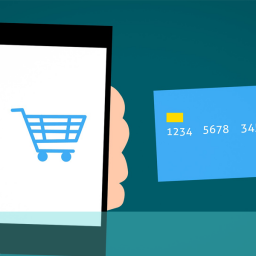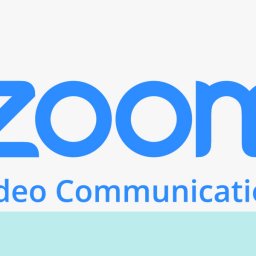
Using online customer research can deliver where other techniques can’t
Customer research used to involve a clip board and a cold day spent at the shopping centre intercepting people as they came out of shops or went about their day. But in the past decade or so things have changed and the internet has brought about an evolution in the way research can be carried out. Various technology platforms now exist that allow brands and agencies alike to capture a wide range of insight about their customers and users.
Although many of the original online surveys lacked the rigour in question structure and design of traditional market research they were adopted in great numbers by eCommerce teams eager to understand more about customers online buying behaviours. With a more mature market place, organisations like UX24/7 employ market research techniques (we have a market research professional on our advisory board) to combine the best of market research excellence with online service delivery. Here are just some of the benefits:
Five benefits of online customer research
1. Competitive reviews
Advances in technology mean we can structure online customer research specifically for competitive reviews. For example, at UX24/7 we have the ability to send a representative sample of users, recruited from a panel, to our client’s website plus the websites of two (or more) of their competitors. By asking the same questions and setting the same tasks we can gather a wide range of information about how the websites compare in performance, perception, ease of use and functionality.
This technique can also be used to establish the opportunity for improvement. By replacing competitors with best in class companies from any industry it is possible to identify the overall improvement gap if your own industry is not leading the way.
2. Regional studies
User’s behaviours and attitudes vary across the UK and so it is of value to understand how to fine tune your proposition to support the different audiences. To do this using focus groups or clip board research is expensive not only for the data collection but also the processing afterwards. Online customer research techniques allow us to deliver research to a wide range of people and set quotas for the different regions we are interested in. When the quota is filled the survey politely declines any additional respondents from that region.
The data collection process is relatively simple compared with offline data capture and segmentation and modelling are very simple because all the data is held in the survey tool. The technique makes it far more commercially viable to learn about regional variances and adapt the messaging and experience to optimise conversion or effectiveness.
3. International studies
Of course if you can deliver regional studies then you can deliver international customer research. But the online research tools capabilities go beyond just data capture as they allow for different languages to be used but results to be compared.
For example, UX24/7 recently ran a study for a client in two languages – Arabic and English. We were able to deliver identical studies in both languages and compare and contrast the results. The entire study was run from a central hub and delivered worldwide to a database. No travelling involved and significant cost savings.
4. Naming and structure
For specific tasks such as naming sections of a website and organising content groups online customer research offers significant benefits. In the past these types of questions were answered using focus groups and workshops and certainly they are of value when creating a set of potential names and groups. But to get definitive results a representative sample should be used and preferably one that is statistically significant. To do that using Focus Groups would be too expensive and also take too much time.
Online customer research tools now exist that facilitate open and closed card sorting and can be served to a large panel or users recruited to meet your specific client or user profile. Various analytical techniques can then be used to identify the optimum taxonomy. The cost of delivering the same quality of results using online customer research is significantly lower than doing it offline.
5. Conversion optimisation
Conversion optimisation programme often utilise some sort of survey to help understand the “why” behind the “what” when looking at user behaviour. Even more effective is to use an entry/exit online customer research approach that identifies whether visitors can achieve their goals, where they fall down and why.
By intercepting users when they land at the website and asking (very politely of course) if they would help improve the site) we can then identify some core attributes for segmentation and also the purpose of their visit. We can then monitor their progress through the website toward achieving that goal and when they leave, ask them if they believe they were successful. Various additional questions can be used to drill into any issues they raise.
The customer research technology allows us to look at the user journey that the visitor undertook in order to attempt their goal step by step and page by page. We can even replay the session. This type of insight can add significant benefits to a conversion optimisation programme by identifying elements that can be fine-tuned to remove friction from the customer journey.
If you would like to find out more about how online customer research can be used to improve your business then please get in touch.

















